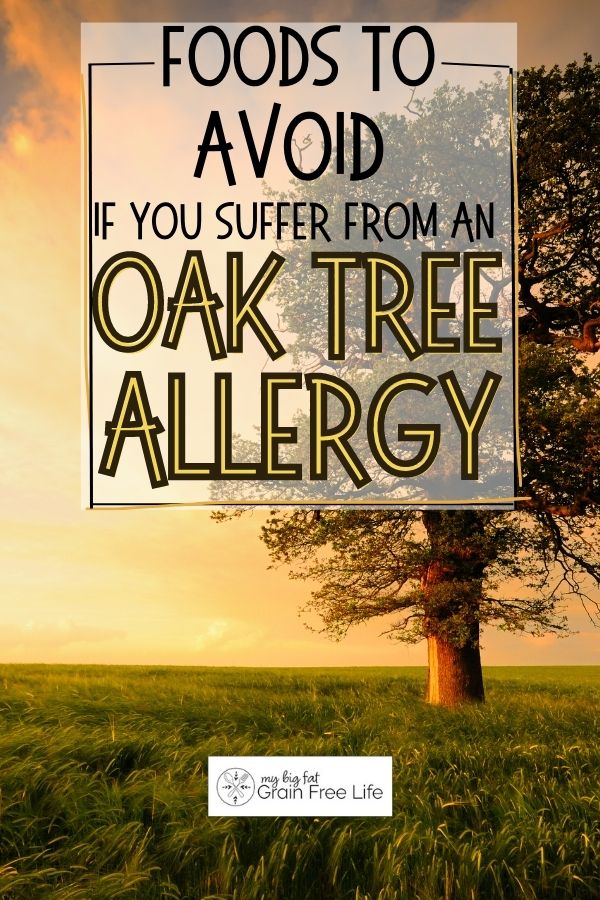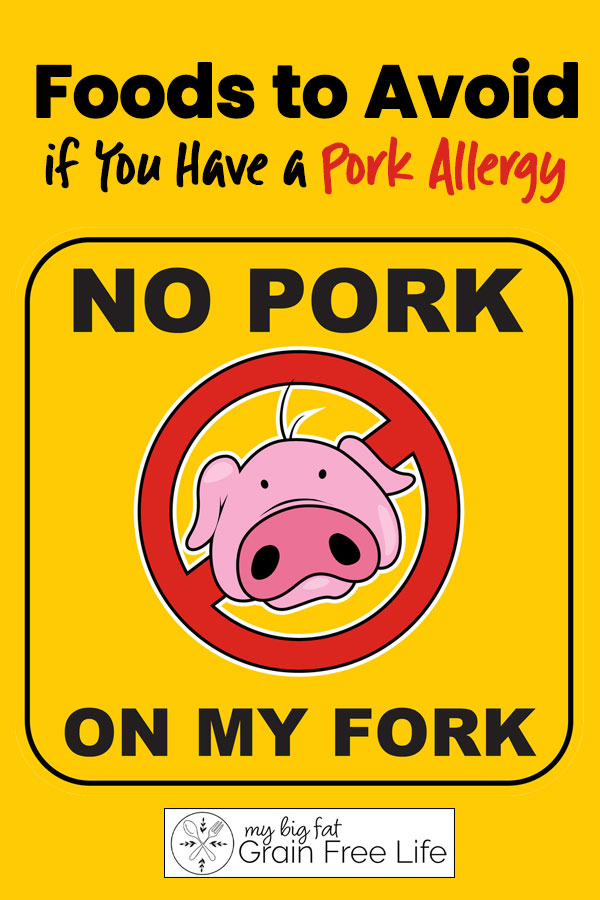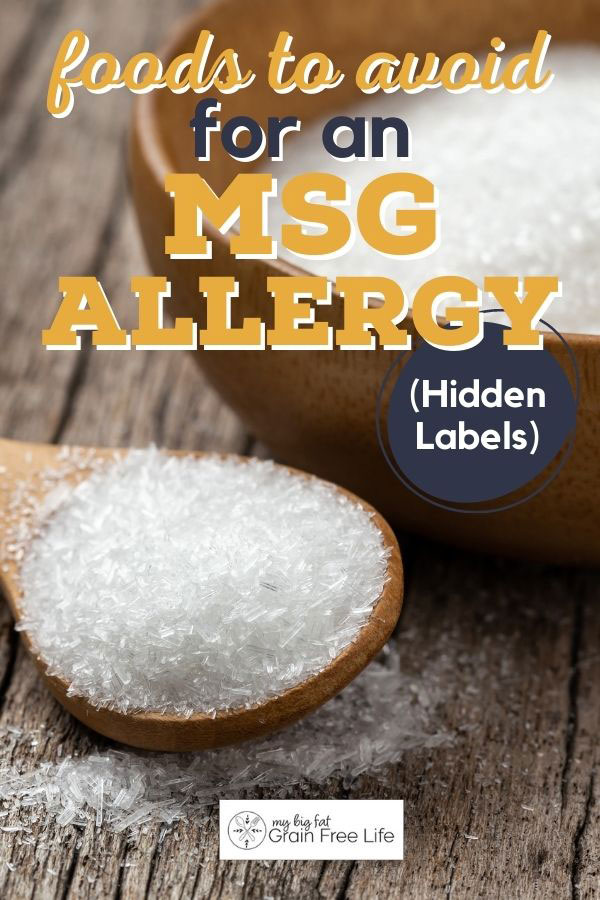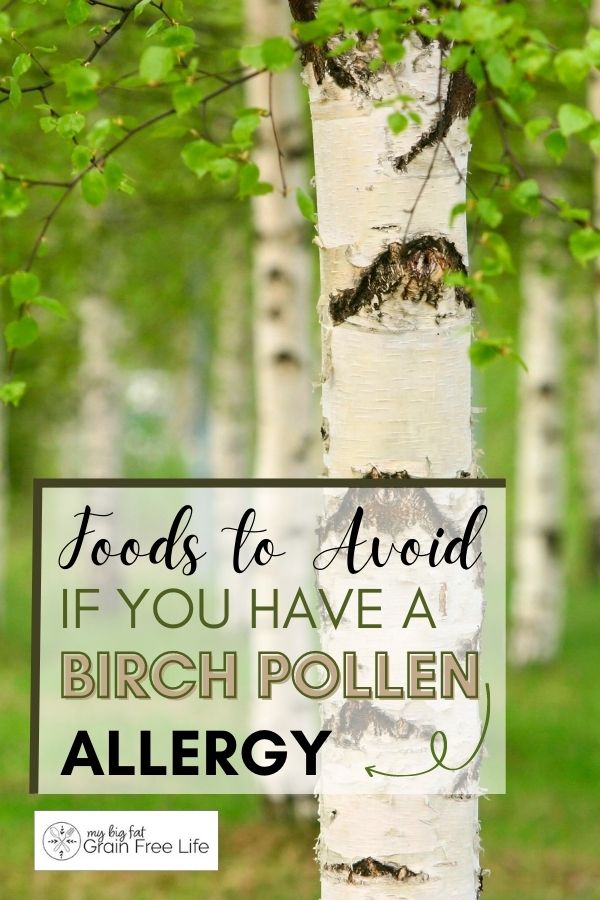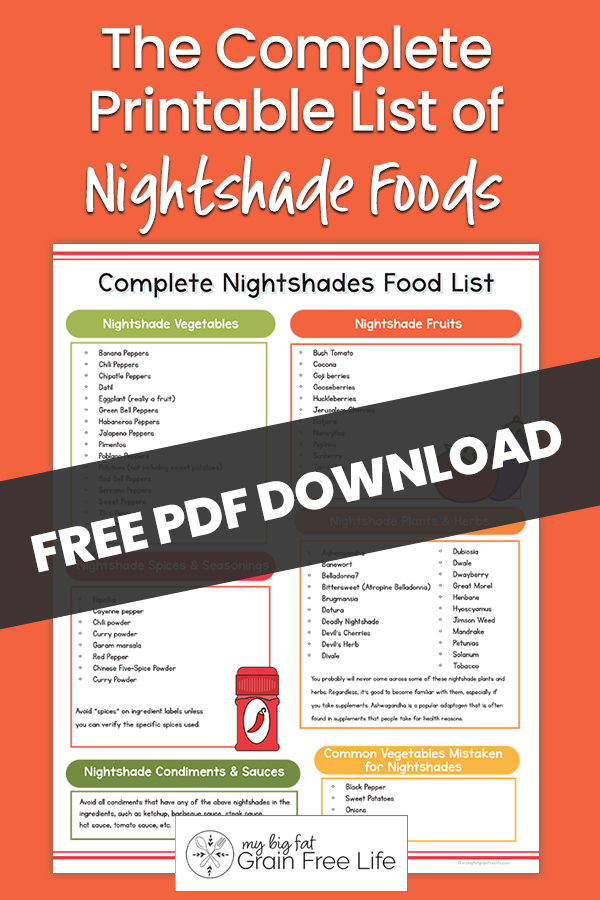Foods to Avoid if You Have a Ragweed Allergy
This post may contain affiliate links. If you make purchase after clicking a link, I may receive a commission at no extra cost to you.
Last Updated on May 15, 2023
Ragweed is one of the most common causes of seasonal allergies. The annual flowering plant spreads tiny pollen particles through the wind in late summer and early fall, making early September a time of misery for people who suffer from hay fever symptoms. Unbeknownst to many people, there are ragweed allergy foods to avoid eating.
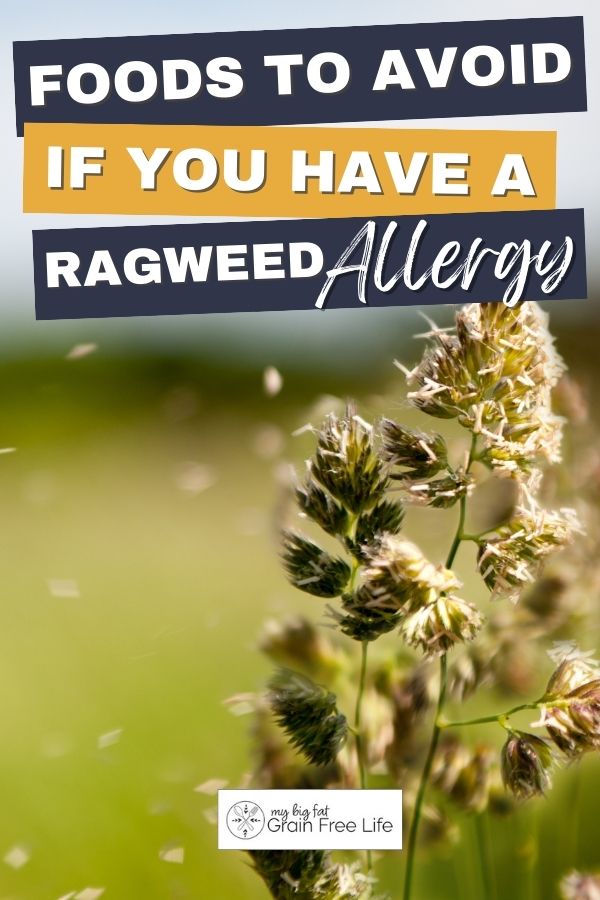
Ragweed Allergy Foods to Avoid
Certain foods can cause a pollen food allergy syndrome that will make life even more miserable than suffering from hay fever alone. So, if you have a ragweed allergy, there are some foods you may want to avoid eating.
But before we get to the foods to avoid with a ragweed allergy, let’s learn a bit about ragweed.
What is ragweed?
Ragweed is an annual flowering plant that’s part of the genus Ambrosia. It originated in North America but is now found as an invasive species in many parts of the world.
Ragweed plants often have a leafy and fern-like appearance and appear as weeds, shrubs, and herbs.
Different types of ragweed can be found throughout the United States, and the various species of ragweed include sage, burweed marsh elder, and mugwort.
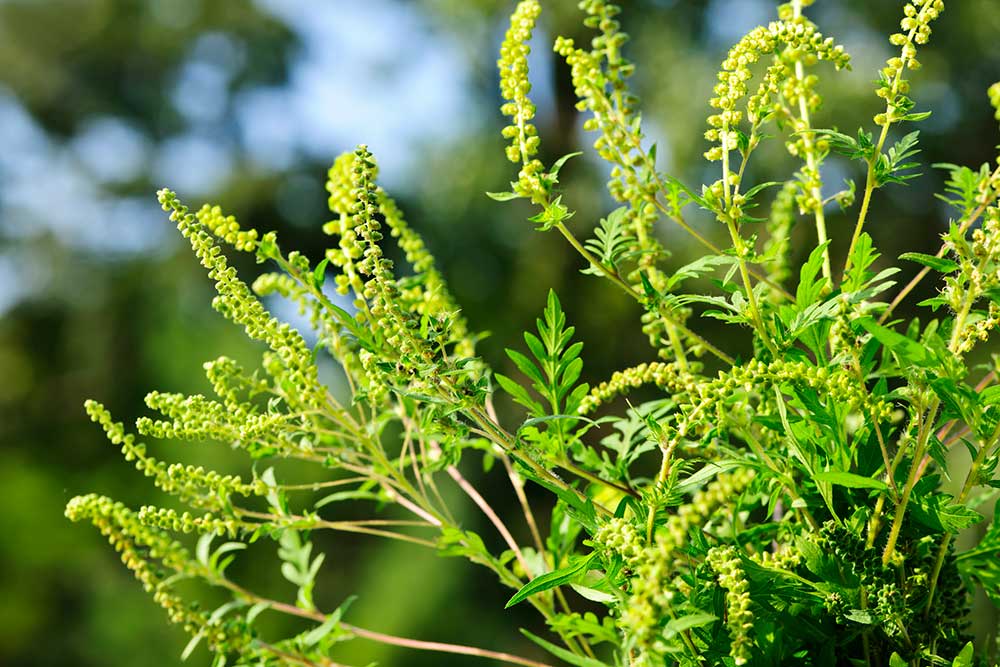
What is ragweed pollen?
Ragweed pollen is a powdery substance that floats through the air as tiny particles. A single ragweed plant can produce as many as one billion tiny grains of pollen.
This wind-driven pollen helps to fertilize other ragweed plants. Ragweed pollen peaks during the early fall, usually around September in the United States.
What is ragweed allergy?
Ragweed allergy causes seasonal allergy symptoms such as itchy eyes, runny noses, coughs, and sneezing. The immune system, which protects us from diseases, overreacts to allergens like ragweed pollen.
The ragweed allergy is one of the main causes of what is known as seasonal allergic rhinitis or, as it’s more commonly known, hay fever.
Ragweed plants release twenty-two known allergens, and these allergens are the cause of six different allergies.
Just as a heads up, children will a ragweed allergy may be at higher risk of developing allergic asthma than children who do not suffer from ragweed allergies. The children may also develop additional allergies to other items through a progression known as the ‘allergic march.’
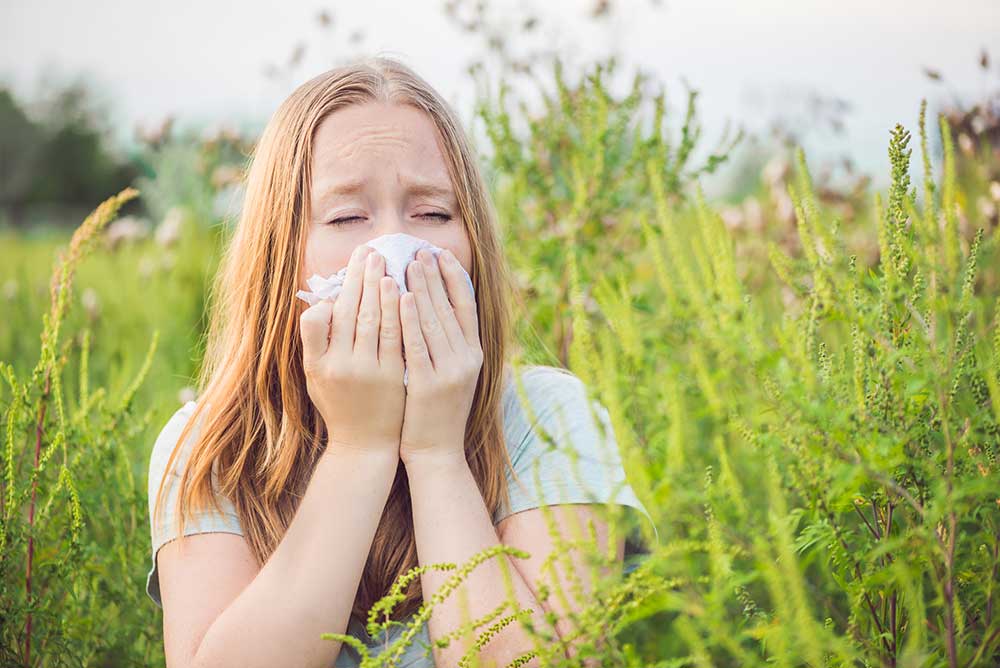
What are symptoms of ragweed allergies?
The ragweed allergy symptoms often show up as hay fever symptoms. People will experience coughing, sneezing, and watery and itchy eyes. They may also feel tired and have problems sleeping at night.
The following symptoms are commonly experienced by people who suffer from a ragweed pollen allergy.
- coughing
- eye swelling
- hives
- itchy eyes
- nasal congestion
- postnasal drip
- runny nose
- sneezing
- watery eyes
- weakness or fatigue
- decreased sense of smell or taste
- puffy eyes
- scratchy throat
- sleep problems
- wheezing
I use a natural histamine blocker called NaturDAO when I am getting ready to possibly eat problematic food that may cause a histamine reaction.
When is ragweed allergy season?
The ragweed pollen allergies spike in the late summer through early fall.
This is the time when the ragweed pollen counts skyrocket as the ragweed flowers produce the fine powder that floats through the air. The ragweed pollen season often begins in early August and runs through November, lasting 6-10 weeks.
It will peak sometime in mid-September.

Ragweed Allergy Foods to Avoid
One problem with ragweed allergy is that the immune system may confuse the ragweed pollen with some types of foods. The result is that the foods may cause allergic reactions such as an itchy mouth, tongue, throat, or face.
Foods That Trigger Ragweed Allergies
The food proteins of these foods are similar to the ragweed antigens and trick the immune system into thinking they’re ragweed pollen.
So if you have a ragweed allergy, you may find that members of the cucumber family, sunflower seeds, and even bananas can trigger an allergic response.
What foods cross react with ragweed?
People who suffer from a ragweed allergy may also experience symptoms when eating certain foods. Not all foods may cause a reaction, but it’s good to familiarize yourself with the list so you can watch for symptoms.
Ragweed Allergy Foods
- artichoke
- banana
- cantaloupe
- chamomile
- cucumber
- dandelion
- echinacea
- egg
- green pepper
- hibiscus
- honeydew
- honeydew
- lettuce
- mango
- milk
- mint
- paprika
- sunflower seeds (avoid sun butter)
- stevia – often used as a healthy coffee sweetener and for other recipes in place of sugar as a zero-calorie sugar alternative
- tomatoes
- watermelon
- white potato
- zucchini
Did you notice stevia was on that list? Stevia is part of the Asteraceae/Compositae plant family, which is the same plant family that ragweed comes from.
If you have a ragweed allergy, you want to make sure you pay attention to how you feel after eating these foods. Keeping a food journal is a great idea!
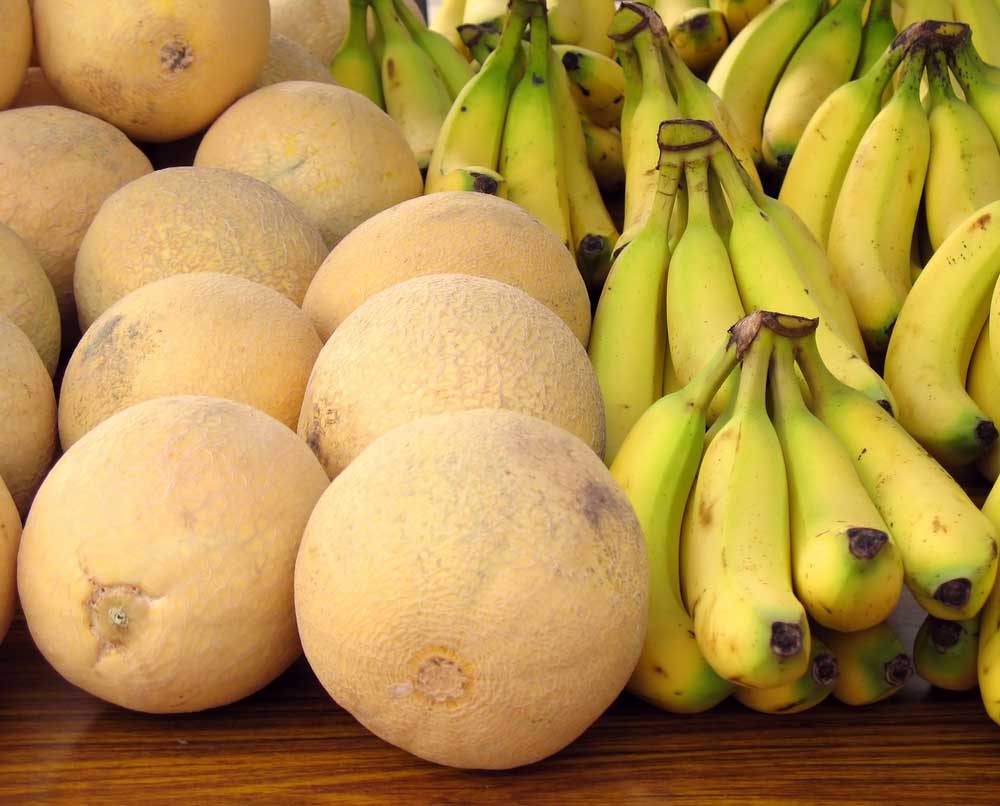
What makes ragweed allergies worse?
Ragweed allergy sufferers will find that there are a few things they can do that will make their allergies worse. The best idea is to do your best to avoid the ragweed pollen grains.
This is hard to do when the high temperatures of late summer cause the ragweed plants to bloom. The pollen levels skyrocket when the days are hot and the nights are cool, as is common even during the early fall season.
Avoid Ragweed Allergy Foods
Avoid eating foods from the list above, such as tomatoes, mint, sunflower seeds, cucumbers, eggs, and bananas. These foods may increase the severity of allergy symptoms when ragweed pollen levels are high.
Avoid Being Outside During Peak Allergy Hours
During the ragweed season, avoid being outside between the hours of 10 am and 3 pm. The ragweed releases high amounts of pollen during this time of day. Head outside either early in the morning or late in the afternoon when the pollen counts are lower.
Keep Your Windows Closed
Leaving your windows open during this time of year will make your allergies worse. The pollen will blow into your home through the open windows. Instead, use central air conditioning with a HEPA filter. This is the best way to filter pollen out of the air and keep your home free from allergens.’
Avoid Hanging Clothes Out to Dry During Pollen Season
You will also need to refrain from drying your laundry outside in the sun. The ragweed pollen will collect on your clothing, causing you to experience ragweed allergy symptoms.
Other lifestyle changes you can consider are to bathe or shower before bed and refrain from drying your laundry outside in the sun. Drying your laundry outside allows the ragweed pollen to collect on your clothing, triggering an allergic reaction.
Also, by bathing or showering before bed, you will remove any lingering pollen on your clothing or skin before you sleep.
Plants That Can Cause Ragweed Allergies
Plants that are related to the ragweed family are: marsh elder, rabbit-brush, mugwort, sunflowers, and eupatorium.
During ragweed season, you may wish to avoid adding daisies, dahlias, and chrysanthemums to any bouquets you bring into the home. The flowers are related to ragweed and may trigger your allergies.
Chamomile is also related to the ragweed family, so drinking chamomile tea may also cause problems.
However, not everyone will have issues with these plants. And once the ragweed allergy season is finished, allergy sufferers will not be triggered by exposure to these plants.
Final Thoughts on Ragweed Allergies
If you suffer from ragweed allergies, it’s important to make some lifestyle changes that will allow you to survive the ragweed season. Avoid being outside during the hottest time of the day. Don’t leave your windows open, and make sure you shower before bedtime.
Also, ensure you’re familiar with the common ragweed allergy foods, which have similar proteins to the ragweed pollen. The proteins will trigger an allergic reaction. Some of the symptoms of ragweed allergies are sneezing, itchy and puffy eyes, and coughing.
A few common ragweed allergy foods to avoid are avocados, bananas, mangos, lettuce, and zucchini. Steering clear of these foods will help you decrease the severity of allergy symptoms.


